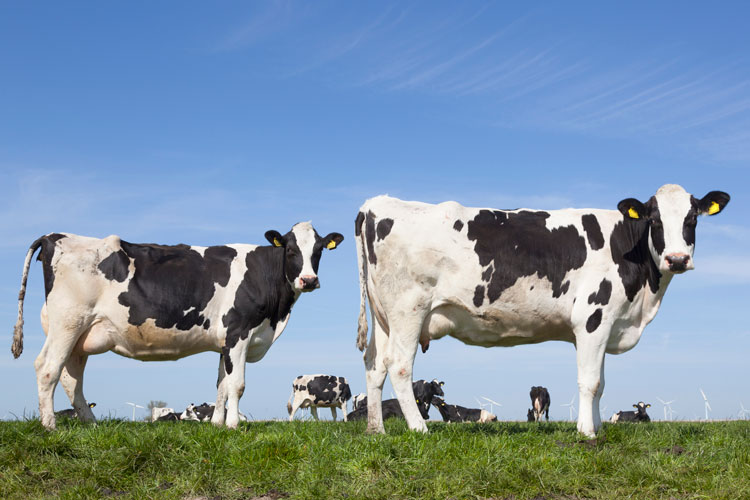
“In 1962, President Kennedy shared a vision that we would put a man on the moon by the end of the decade,” Jack Britt shared with those attending ADSA’s “The Dairy Cow in 50 Years” symposium. "Yet, in 1962, we had no rockets for a moon landing. However, in 1969 we put a man on the moon. We landed on the moon because of vision,” he said.
“Let’s create a vision for the future cow,” Britt told those in the jam-packed room with a number of people standing at the Pittsburgh gathering of the American Dairy Science Association.
“Clearly the gain on milk per cow will grow by 2066,” predicted Britt, “partially because of genomics. Cows could average 55,000-plus pounds per lactation,” he went on to say.
While Britt touched on many areas of potential growth and improvement, he discussed in detail an area that needs a great deal more research. In fact, it’s an area that W.D. Hoard called “the darkest spot on the earth was inside of a cow.” The extended quote talked in more detail about the cow’s rumen and its microbes that convert forages into energy.
“The microbiome, specifically the rumen biome, will be the new frontier of research for cow productivity,” predicted Britt.
“Should we be inoculating rumens? Should we be inoculating udders in young calves? Should we do genetic studies on those microbes?” Those were among the many questions, backed with decades of insight that Britt had. Britt asked those questions, and provided additional insight knowing that we also need a better understanding in microbe communities and the superorganism communities that they create.
To learn more, go to our "Dairying in 2066” series.






